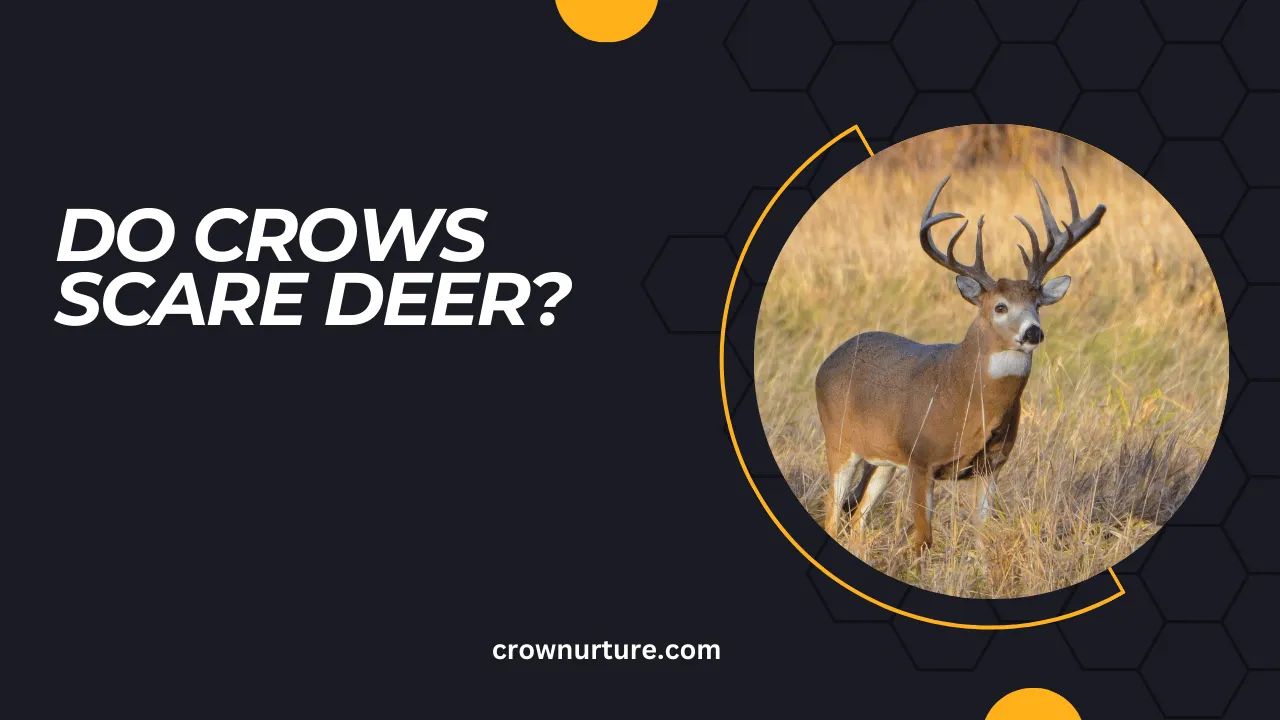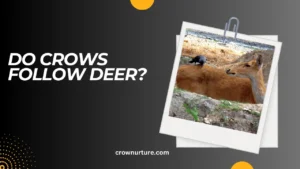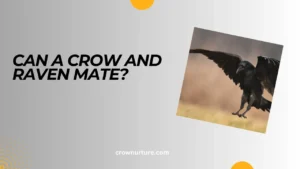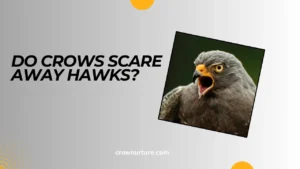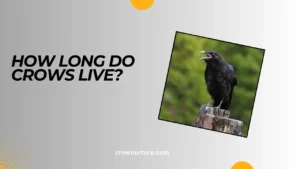Crows and deer – one an intelligent bird, the other a graceful mammal – seem like unlikely rivals. However, their overlapping habitats sometimes bring them into surprising interactions.
Crows, known for their territorial and opportunistic behavior, are infamous for using sharp calls and aggressive tactics to defend their resources.
Deer, on the other hand, rely on stealth and heightened senses to avoid predators. The question is: can crows, with their loud calls and assertiveness, truly scare off deer?
This topic is more than just an intriguing interaction between two animals; it’s a lens through which we can better understand the dynamics of shared ecosystems.
In today’s world, as urbanization encroaches on wildlife spaces, such interactions become increasingly common. Understanding them helps gardeners, conservationists, and wildlife enthusiasts manage habitats where these species overlap.
By delving into the behaviors of crows and deer, their ecological needs, and evidence of their interactions, this article uncovers whether crows can effectively deter deer.
More importantly, it explores the implications of this relationship for ecosystems, agriculture, and human-wildlife coexistence.
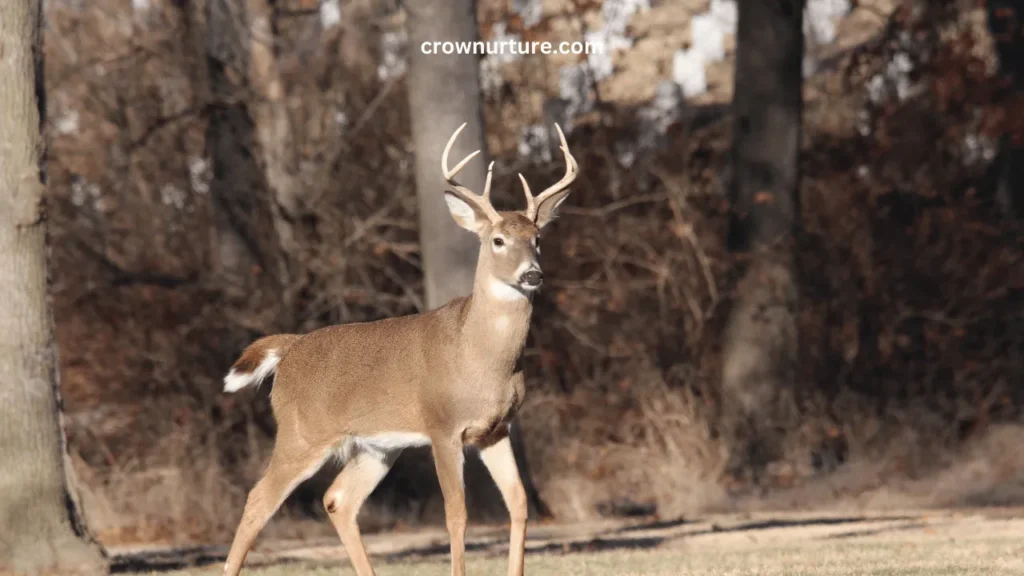
Contents
1. Crow Behavior and Territorial Defense
Crows are among the most intelligent birds in the world. Their ability to communicate, plan, and work together in groups makes them effective at defending their resources.
They are highly territorial, particularly during breeding seasons, when they will aggressively protect their nests. If a deer wanders too close to a nesting site, crows are likely to respond with alarm calls and dive-bombing tactics.
These birds use an extensive range of vocalizations to signal danger, assert dominance, or coordinate group efforts. Loud and persistent alarm calls can create enough of a disturbance to disrupt deer, which prefer quiet and calm environments.
Furthermore, the sight of crows dive-bombing can mimic predator behavior, prompting deer to retreat. Interestingly, crows are opportunistic and often seek out food sources such as crops, fruits, or insects.
If a deer encroaches on these feeding areas, crows may aggressively defend their claim, further increasing the chances of driving the deer away.
2. Deer Behavior and Predation Risk
Deer are prey animals that rely on sharp senses and quick reflexes to evade danger. With their excellent hearing, acute sense of smell, and keen eyesight, deer are highly attuned to their surroundings.
Sudden noises, like a crow’s alarm call, can be perceived as a threat, especially in areas where predators like coyotes or mountain lions are present.
Deer utilize multiple strategies to avoid predators. When they sense danger, they may freeze to blend into their surroundings, hide in dense vegetation, or flee to safer ground.
Loud and persistent crow activity, especially near feeding or resting areas, can make deer feel vulnerable, prompting them to move away.
Despite their wariness, deer are adaptable and learn to differentiate between actual threats and harmless disturbances. In areas where crows are common, deer might become desensitized to their noises over time unless a clear danger is associated with the disturbance.
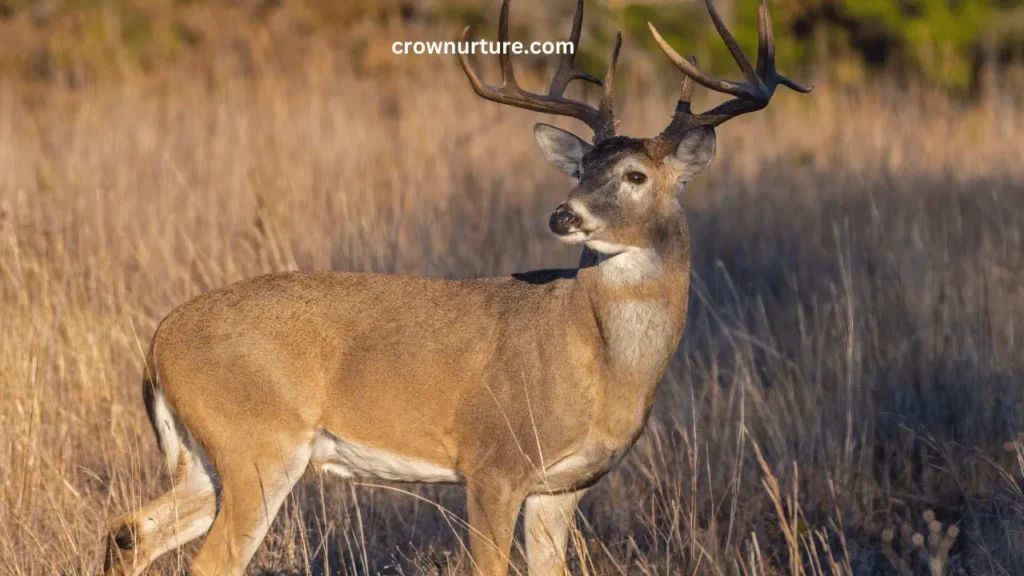
3. The Role of Habitat and Food Availability
The interactions between crows and deer depend heavily on their shared environment. Dense forests or shrublands provide both species with cover, increasing the likelihood of encounters. Crows often nest in trees, while deer seek out the underbrush for shelter. In open fields, deer may feel exposed, and the presence of crows could add to their unease.
Food availability also plays a crucial role. While crows primarily scavenge or hunt insects, their diet overlaps with deer in areas where both feed on berries, nuts, or fruits. In times of scarcity, this competition may escalate territorial disputes, with crows becoming more aggressive to protect their food sources.
The presence of predators also influences these dynamics. In regions where larger predators are common, crows’ alarm calls may inadvertently warn deer of potential danger, reinforcing their tendency to flee.
4. Evidence and Anecdotal Reports
Although there is limited scientific research on crow-deer interactions, anecdotal reports shed light on these behaviors. Farmers and gardeners often report that crows’ loud calls or aggressive movements have startled deer enough to drive them away temporarily. Some even note that crows appear to target deer intentionally when defending nests or feeding grounds.
Wildlife experts suggest that these interactions are context-dependent. For instance, in urban areas where deer are accustomed to human and animal noises, crows may be less effective at scaring them. In rural or forested regions, where deer are more cautious, crows might have a greater impact.
Experts also highlight that while crows can disturb deer, these effects are typically short-lived. Deer, being larger and more resilient, quickly resume their activities once the disturbance ceases.
5. The Impact of Human Activities
Human activities frequently bring crows and deer into closer contact. For example, bird feeders, compost piles, or agricultural fields often attract crows, creating hotspots for interaction. Similarly, suburban areas with ornamental plants or gardens draw in deer, increasing overlap with crow territories.
Habitat fragmentation caused by urbanization forces wildlife into smaller shared spaces. This increases the chances of interactions between species that might not normally encounter each other as frequently.
Crows, being highly adaptable, thrive in fragmented environments, while deer often struggle, making them more vulnerable to disturbances.
Feeding wildlife can further complicate these dynamics. If humans leave food out for birds or deer, it can unintentionally heighten territorial disputes, with crows becoming more defensive of these artificial resources.
Conclusion
The idea of crows scaring deer offers a glimpse into the complex relationships within shared ecosystems. While crows’ loud calls and aggressive behaviors can startle deer, their effectiveness is often limited to specific contexts. Deer’s adaptability and reliance on advanced senses allow them to navigate disturbances effectively.
However, environmental factors such as habitat structure, food availability, and human activity play significant roles in shaping these interactions. Understanding these dynamics can help us manage wildlife more effectively, whether it’s deterring deer from gardens or fostering coexistence between species.
In the end, the relationship between crows and deer reflects the intricate balance of nature, where even the smallest creatures can influence the behavior of larger ones.
Appreciating these nuances not only enriches our knowledge of wildlife but also empowers us to make informed decisions about conservation and habitat management.
FAQs
1. Do crows scare away deer from gardens?
Yes, crows’ loud noises and aggressive tactics can temporarily scare deer, especially in areas with high crow activity.
2. Can crows effectively deter deer from eating plants?
Crows may disrupt deer for a short time, but they are unlikely to consistently prevent them from accessing plants.
3. Are crows and deer competitors?
They can compete for overlapping resources, like fruits and berries, during periods of scarcity, though their primary diets differ.
4. How do deer react to crows?
Deer may perceive crows’ alarm calls and dive-bombing as signs of a predator, prompting them to move away.
5. Can crows’ behavior help warn deer of predators?
Yes, crows’ alarm calls may alert deer to potential dangers in the area, even if unintentionally.
6. Are these interactions common?
While not frequent, crow-deer interactions occur in shared habitats or where food competition and territoriality overlap.

